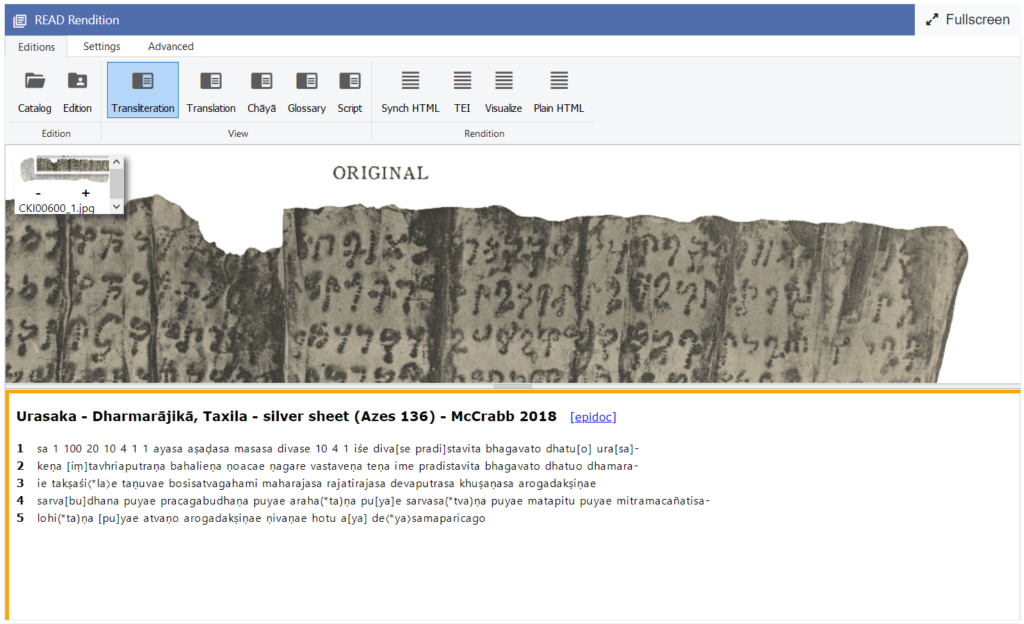| Image | Title | Tags | Notes | Weight |
|---|---|---|---|---|
| Meshimori Onna | "Population registers from the middle of the 1840s counted seven thousand yujo in Yoshiwara and about a thousand 'serving girls' (meshimori onna) in post stations on the city's outskirts, yielding a total of around eight thousand officially recognized prostitutes." (Stanley 2012, p. 2)
"as the sex trade began to elude official control, prostitutes became products circulating within a market rather than subjects with fixed places in an orderly realm, and it became more difficult for them to rely on their standing within the status system to demand benevolence and protection. Some were indeed liberated
by the proliferation of opportunities to work in prostitution, which allowed them to escape impoverished families, migrate to more prosperous areas, and pursue social mobility." (Stanley 2012, p. 11) | medium | ||
| Sago palm tree | tree | light | ||
| Roof | other architectural elements | light | ||
| Female space | built environment | "Regardless of gender, late Edo period travelers exploited the bodies of prostitutes as a way of seizing and taming the unknown, and did so even without needing actual intercourse." (Nenzi 2008, p. 176) | dark | |
| Male space | built environment | "To the erotic traveler, interaction (and intercourse) with local prostitutes served a purpose similar to what lyrical or historical recollections did for the educated and what the acquisition of material objects did for other wayfarers in the age of commercialism—it was a way of evaluating the worth, sampling the flavor, and appropriating the essence of an unfamiliar space." (Nenzi 2008, p. 167) | dark | |
| Stack of mattresses | mattress | "In another wing of the inn the girls are preparing for work. As Konno Nobuo observed, 'the folded mattresses in the room tell in an intriguing and mysterious way what the function of these inn attendants really was.'" (Nenzi 2008 p. 175) | light |
Each digital edition includes background information about the text, a summary of its content, and references to parallel texts and related publications. Users can explore the text, image, and other analysis resources through various preset views from the READ interface, or customize the views themselves.
By developing the text in READ, the text and image are linked such that selecting a syllable, word, or compound in the text or glossary will highlight the associated akṣaras on the manuscript. This allows you to in effect “read” the manuscript as you read the transcribed text, even if you do not know the script.
Users can choose from several preset READ views by selecting the tabs at the top. Each of these convenient arrangements of text and resources is suited to a different experience with the manuscript. For instance, choose the Script view to study the paleography of the manuscript or the Glossary view to study its vocabulary. It is recommended that the user toggles through the default views to gain a holistic perspective of the text.

- Transliteration: Image and transliteration.
- Translation: Transliteration and translation.
- Chāyā: Transliteration and chāyā.
- Glossary: Image, transliteration, and glossary.
- Script: Image, transliteration, and script chart
- Visualize: Visualize the text structure display.
- Synch HTML: Interactive synchronized rendition.
- TEI: EpiDoc TEI rendition.
- Plain HTML: Transliteration in HTML format.
Avś
Be
Ce
Ch.
CPS
DhG
Ee
FJJ
Mahīś
MūSā
Mvu
P
SĀ
SBhV
Se
Skt.
SN
T
Tib.
Vin
Avadānaśataka (ed. Speyer 1906–1909)
Burmese (Chaṭṭhasaṅgāyana) edition
Sri Lankan (Buddha Jayanti Tipiṭaka Series) edition
Chinese
Catuṣpariṣat-sūtra (ed. Waldschmidt 1952–1962)
Dharmaguptaka
European (Pali Text Society) edition
Fobenxing ji jing (T 190)
Mahīśāsaka
Mūlasarvāstivāda
Mahāvastu-avadāna (ed. Senart 1882–1897)
Pali
Saṃyukta-āgama (T 99)
Saṅghabhedavastu (ed. Gnoli 1977–1978)
Thai (King of Siam) edition
Sanskrit
Saṃyutta-nikāya
Taishō 大正 edition
Tibetan
Vinaya

